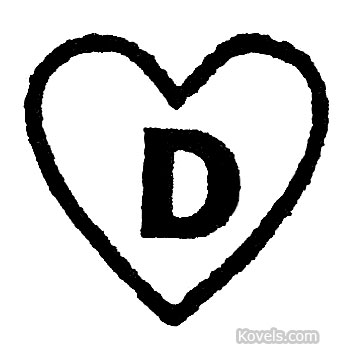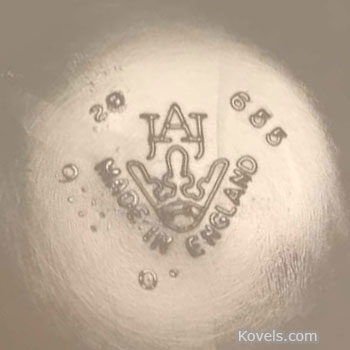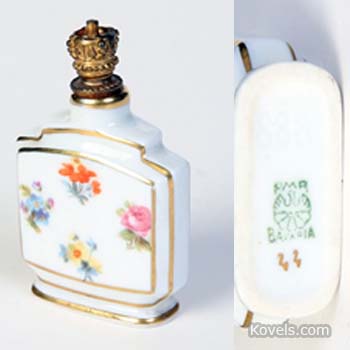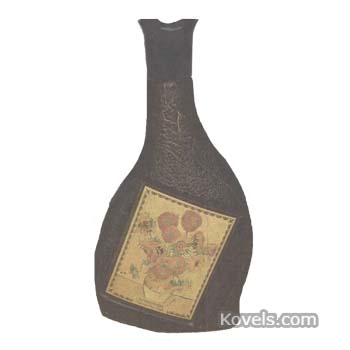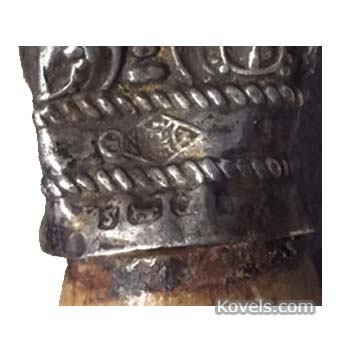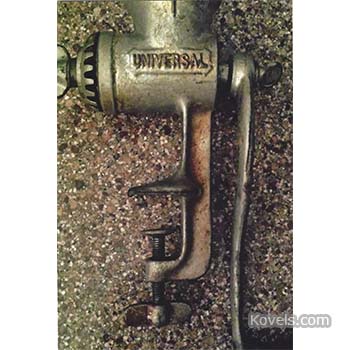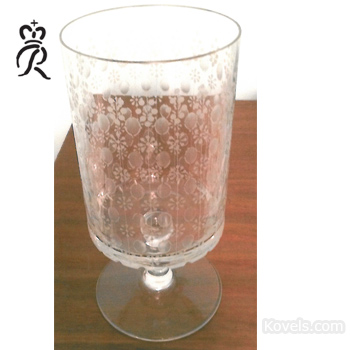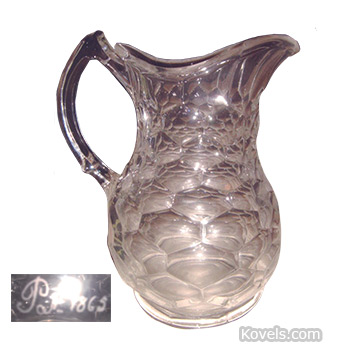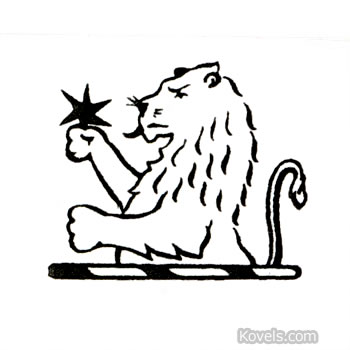Degenhart Mark
Q: This D” inside a heart mark is on a heart-shaped glass paperweight. Can you tell me who made it and how old it is?
A: This “D” in heart mark was used by the Crystal Art Glass Company, a company founded by John and Elizabeth Degenhart in Cambridge, Ohio, in 1947. After John died in 1964, his wife continued to run the business. The factory closed after Elizabeth’s death in 1978 and the molds were sold to Bernard C. Boyd, who founded Boyd’s Crystal Art Glass. Pieces made by Boyd from the Degenhart molds don’t have the “D” in a heart mark. Smaller “reproductions” of Degenhart pieces were made by Mosser Glass for the Degenhart Museum. They are marked with an underlined “D” in a heart. The museum closed in 2011. The heart-shaped paperweight was designed by Elizabeth Degenhart and first made in 1970. The Governor of Ohio named her as Ohio’s “First Lady of Glass” in 1975.
